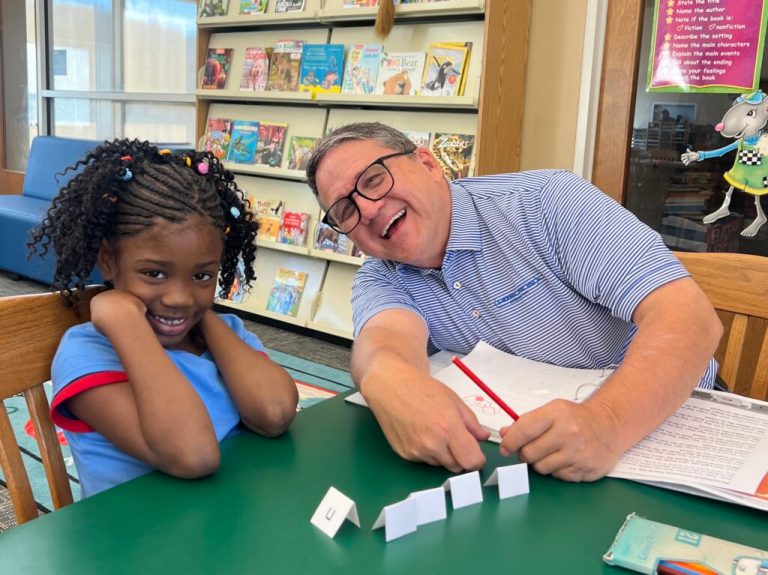New Muscle Shoals exhibit coming to Country Music Hall of Fame
Reading time: 7 minutes

The city of Muscle Shoals will soon take on the spotlight at the national Country Music Hall of Fame and Museum in Nashville.
Starting Nov. 14, the museum will host a major exhibition on the city + its impact on country music. The exhibit, called “Muscle Shoals: Low Rhythm Rising,” is expected to be on display for the next three years.
“(The exhibit) explores how an Alabama community developed a distinctive sound, became a global recording epicenter in the 1960s and 1970s, and continues to inspire music today. The exhibit tells the story of Black and white musicians who found a way to work together at a time when segregation prevailed.”
Country Music Hall of Fame
The more than 5,000-square-foot exhibit will study the emergence of Muscle Shoals as a music hotspot + how it developed its own distinctive sound, inspiring music across multiple decades.
Muscle Shoals: Low Rhythm Rising
Producer Rick Hall and his FAME Recording Studio and the session aces at Muscle Shoals Sound Studio built a home-made approach to cutting music that mattered. As a result, hitmakers from R&B, rock, pop, and country music flocked to this quiet backwater to record, and a new rhythm arose.
Now, that story will be told inside the Country Music Hall of Fame.
The exhibit is expected to explore different artists who have connections to the Shoals from Aretha Franklin and Willie Nelson to Jason Isbell and the Drive-By Truckers.
The Hall of Fame has already announced some of the artifacts + highlights at the museum including:
- Aretha Franklin piano – Franklin played this Apollo baby grand piano when she recorded her breakout pop and R&B hit, “I Never Loved a Man (The Way I Love You),” at FAME Studio in 1967. The instrument was in use at the studio from 1961 to 1970.
- Duane Allman electric guitar – Built in 1964, this was one of two sunburst-finish Fender Stratocasters used by Allman when he was a session musician at FAME Studios and Muscle Shoals Sound Studio, from 1968 to 1969. He traded this guitar to another Muscle Shoals musician, Mickey Buckins, who used it at sessions and performances.
- Wilson Pickett stage wear – Pickett wore this jumpsuit on the cover of his 1971 LP, The Best of Wilson Pickett, Vol. II. The album included Pickett’s 1969 hit version of the Beatles’ “Hey Jude,” recorded at FAME Studio and a history-making showcase for guitarist Duane Allman.
- Mac Davis song manuscript – An early draft of handwritten lyrics by Davis to “Baby Don’t Get Hooked on Me.” Recorded at FAME Studio and produced by Rick Hall, the song was a #1 pop hit for Davis in 1972. He wrote it in response to Hall telling Davis that none of his new songs had a hook.
- Pops Staples electric guitar – This 1970 Fender Rosewood Telecaster was owned by Pops Staples of the Staple Singers. Most famously, he played it when the group performed “The Weight” with the Band in “The Last Waltz,” the 1978 concert film directed by Martin Scorsese.
- Dan Penn jacket – Penn wore this floral brocade jacket in the early 1960s, when he was the lead singer with the Mark V, an R&B band from Florence, Alabama. Other members of the group included pioneering Muscle Shoals session musicians David Briggs, Jerry Carrigan and Norbert Putnam.
- Mac McAnally acoustic guitar – Musician, songwriter and recording artist McAnally used this 1967 Martin D-28 when he was a session musician in Muscle Shoals.
- Candi Staton outfit – Staton wore this custom-made buckskin jacket and pants, embellished with feathers and leather fringe, in the 1970s.
- Roger Hawkins drum – Muscle Shoals session musician Hawkins, the drummer in the Swampers, used this Slingerland snare drum with his first band, Spooner & the Spoons. The group, which included Spooner Oldham, Dan Penn and Junior Lowe, recorded at FAME Studio, c. 1965.
- Rick Hall fiddle – This fiddle belonged to FAME Studio owner, producer and songwriter Hall, who played at country square dances when he was a teenager.
- Patterson Hood acoustic guitar – Hood of the Drive-By Truckers used this Seagull S6 acoustic guitar to write songs for the band from 1995 to 2003.
The museum’s curatorial and creative teams conducted more than 50 hours of filmed interviews with musicians, artists and others involved in the Muscle Shoals story. They collected an array of significant artifacts for display, including stage wear, instruments, original song manuscripts and more. Interactive elements within the galleries will incorporate audio recordings, original interview footage and historical photographs.
“In Muscle Shoals, American music crossed lines that weren’t supposed to be breached. The Tennessee River flowed through this place, and instead of drawing a boundary, somehow forces came together. Black and white sounds, R&B, blues, soul and country met between the banks. A new rhythm rose and recording studios sprouted to nourish that rhythm. This exhibit takes an expansive look at the sound that forever changed popular music and continues to nurture a rich musical scene in northwest Alabama.”
Kyle Young, CEO of the Country Music Hall of Fame and Museum
The exhibit will also feature an introductory film narrated by multiple Grammy award-winning artist Jason Isbell, a North Alabama native who worked at FAME.

Opening weekend program
In support of the exhibit’s debut, the museum will host a concert celebration and variety of public programs during opening weekend.
Here’s the full schedule for the weekend:
- Muscle Shoals: Opening Concert Celebration – Friday, Nov. 14, at 7:30PM (CMA Theater)
The museum will host an all-star concert with artists and musicians involved in or inspired by Muscle Shoals’ musical legacy, including Tiera Kennedy, Bettye LaVette, Wendy Moten, Spooner Oldham, Dan Penn, Maggie Rose, Shenandoah and John Paul White. The house band of Muscle Shoals aces will be led by guitarist Will McFarlane and include Mark Beckett (drums), Mickey Buckins (percussion), Kelvin Holly (guitar), Clayton Ivey (keys), Shoals Sisters Marie Lewey and Cindy Walker (background vocals), Charles Rose (horns), and Bob Wray (bass). - Songwriter Session with Dan Penn and Spooner Oldham – Saturday, 15, at 12PM (Ford Theater)
Singer-songwriter Penn and keyboardist-songwriter Oldham first met in Muscle Shoals in the late 1950s and have been writing and playing songs together ever since. Together, Penn and Oldham have written songs for James & Bobby Purify, Percy Sledge, the Sweet Inspirations and others. Additionally, Penn wrote Conway Twitty’s 1960 hit “Is a Blue Bird Blue?” and such classics as “Cry Like a Baby” (the Box Tops), “Dark End of the Street” (James Carr), and “Do Right Woman, Do Right Man” (Aretha Franklin). Oldham played on “I Never Loved a Man (The Way I Love You)” (Aretha Franklin), “Mustang Sally” (Wilson Pickett) and “When a Man Loves a Woman” (Percy Sledge) and is Neil Young’s longtime keyboardist. - Panel Discussion: Making Music in Muscle Shoals with Linda Hall, Clayton Ivey and Candi Staton – Saturday, 15, at 2:30PM (Ford Theater)
Hall, Ivey and Staton will discuss living and making music in Muscle Shoals. Hall, who has been called “The First Lady of Muscle Shoals Music,” was married to FAME Studio founder Rick Hall for fifty-six years. She co-owns the studio and still keeps its books. Ivey played keyboards at FAME in the 1960s and recorded at Muscle Shoals Sound Studio before he founded Wishbone Recording Studio. He played on Clarence Carter’s “Patches,” Mac Davis’s “Baby Don’t Get Hooked on Me,” Bobbie Gentry’s “Fancy,” the Osmonds’ “One Bad Apple” and many more songs. Staton was born in Hanceville, Alabama, and grew up singing in the Jewell Gospel Trio. Her former husband, Clarence Carter, brought her to Muscles Shoals in 1968, where she became “The First Lady of Southern Soul” and also recorded a string of classic country-soul records. - Musician Spotlight with Mac McAnally – Sunday, Nov. 16, at 1PM (Ford Theater)
Want updates like this delivered straight to your inbox? Sign up for our newsletter today.



